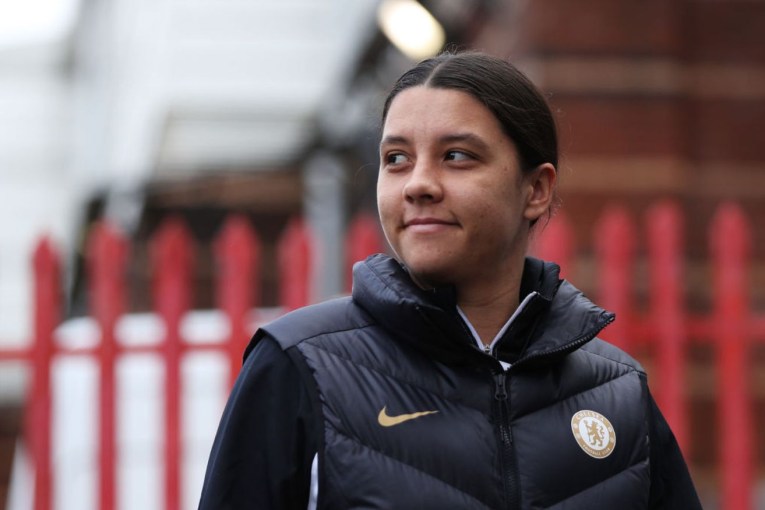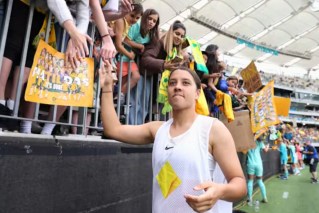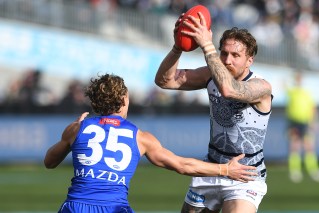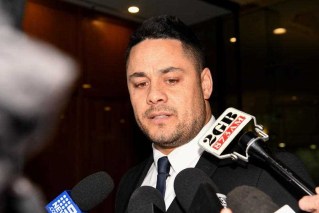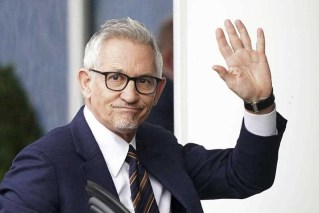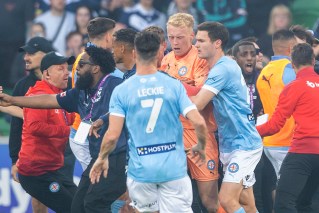A-League suspension protects its most important asset
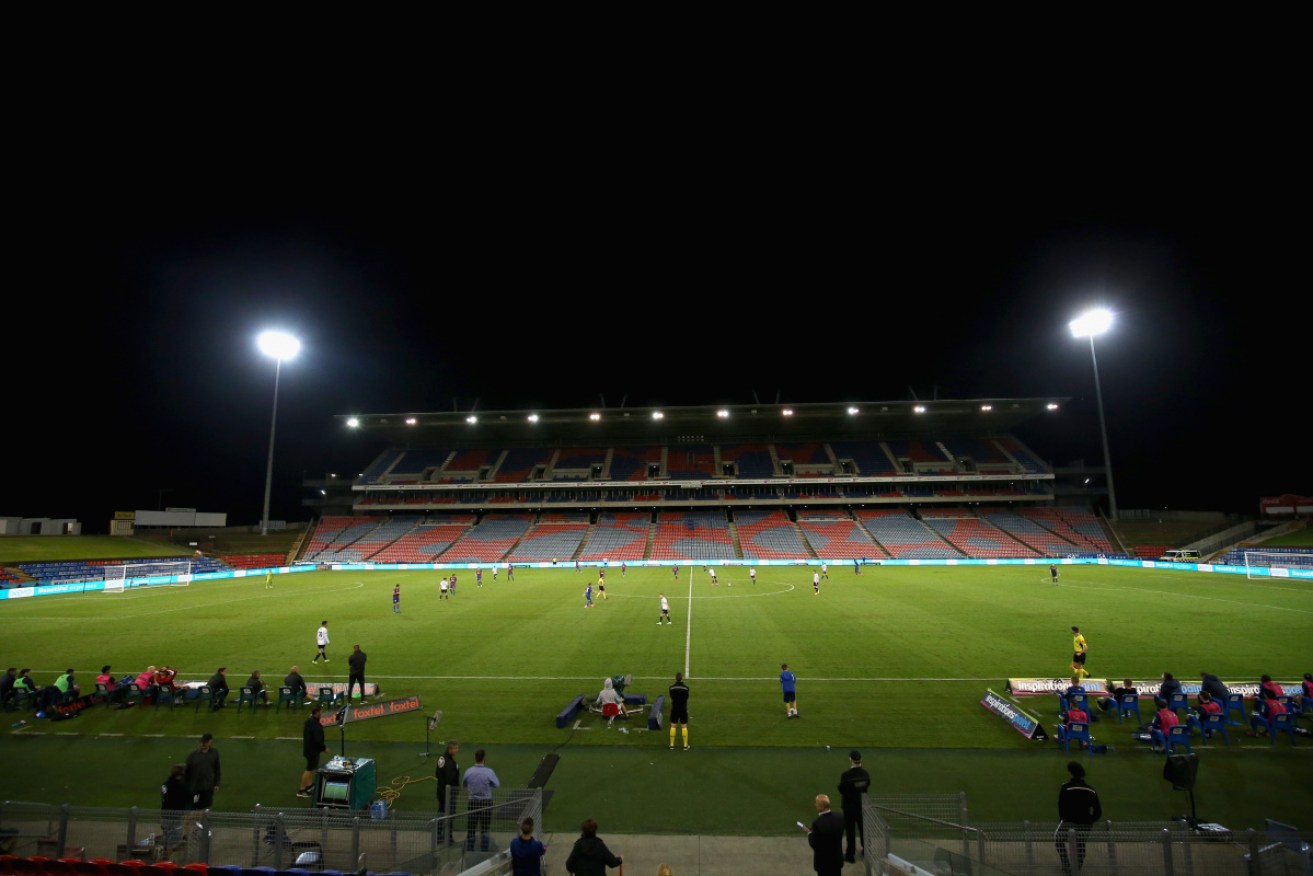
No crowd at the match between the Newcastle Jets and Melbourne City. Photo: Getty Images
On Tuesday morning, FFA James Johnson fronted a press conference in Sydney to acknowledge the inevitable: the A-League would be forced to suspend its season in the face of the COVID-19 crisis gripping the globe.
Though belated, it’s the right move.
Yet, with Newcastle Jets and Melbourne City playing a game on Monday night despite the suspension of global leagues, the AFL, and NRL, the A-League clearly did not go quietly into the night.
Indeed, perhaps fittingly given the absurd spectacle that has played out in stadiums across the country in recent weeks, the competition had recently come to resemble Monty Python’s Black Knight.
A global pandemic forcing football around the globe to shut down? ‘Tis but a scratch.
Games forced to be played behind closed doors? Just a flesh wound.
All grassroots football suspended? Have at you!
Alas, reality bit.
Rather optimistically given statements from medical experts and governments on the scope of the battle ahead, Johnson has indicated that the FFA and their COVID-19 working group will review the suspension on April 22.
“The FFA will review the postponement in a couple of weeks with a date set for April 22,” he said on Tuesday.
“The goal at this stage is to reschedule games as soon as it is reasonably possible to do so in order to complete the season.”
As the Black Knight said, we’ll call it a draw.
Johnson also flagged football’s desire to be a responsible citizen as part of the reasoning for suspending the A-League season – but this declaration rings somewhat hollow given the competition was nigh on the last sporting league in the world to suspend operations.
Because ultimately, the decision to halt was largely taken out of administrator’s hands.
As government action designed to combat the spread of the disease and protect its citizenry continued to throw up ever more difficult to overcome barriers, the A-League’s staging, as Johnson put it, became mission impossible.
Of course, it must be acknowledged without glibness the task presented to Johnson and league boss Greg O’Rourke in recent weeks has been an impossible one – the rapidly evolving landscape created by COVID-19 a nightmare for administrators torn between a thousand different stakeholders.
A tacit understanding has emerged in footballing circles that the league was desperately attempting to avoid giving broadcasters the scope to exit an agreement that has underwritten the A-League’s salary cap since its birth by cancelling games.
Certainly, the suspension of the A-League is likely to hit the game’s coffers hard, with it highly probable that Fox will look to recoup as much cash as it can from the league regardless of the suspensions enforced introduction.
Johnson has acknowledged that football will emerge from the COVID-19 crisis as a different beast to the one that entered.
It’s also difficult to put into words how severely those employed directly or indirectly by the footballing industry will be impacted by the unprecedented situation – in the space of two weeks an entire economy centred around the round ball has been thrown into chaos.
But opposite the cold and unemotional scope of contracts, sponsorships and finances stands the reality is that football is populated by people.
And it must be acknowledged that COVID-19 is first and foremost a people crisis.
Data from Italy and other European nations – who had also, briefly, attempted to soldier on with their leagues – provides a clear dataset about what awaits Australia should it not follow through on forceful measures to combat the virus.
People must unite by staying apart.
As the nation saw its number of diagnosis grow every day, the uncomfortable question hanging over the A-League was how long it could continue until a player, coach or club official encountered the disease and inevitably forced the league to be suspended?
Medical advice provided to the FFA said the risk of transmission while competing was low, but playing in football matches is just one small aspect of being a footballer.
There are training sessions, recovery sessions, days at hotels, and airport trips and flights to be completed – all that carry their own risk of infection.
And not just players and officials were exposed to risk.
Every game played behind-closed-doors still needed security guards, stadium marshals, cleaning staff, ball kids, media and broadcasters in attendance.
Without doctors and medical staff keeping a constant watch and an entire club’s infrastructure shifted towards keeping them virus-free, how long was their health, and the health of their loved ones by extension, worth risking?
Looking forward, football will survive the COVID-19 crisis, but how it will operate in Australia when it re-emerges is, for now, an unknowable question.
Vested interests will no doubt cynically wax poetic about unity and strength all the while seeking to steer proceedings in a direction that sees the game re-built in their own image.
Never let a good crisis go to waste and all that.
But what can be guaranteed if that it will rely on its people to be at the vanguard of a re-awakening.
The decision to suspend the A-League’s operations and to protect them was the (belated) right call.
